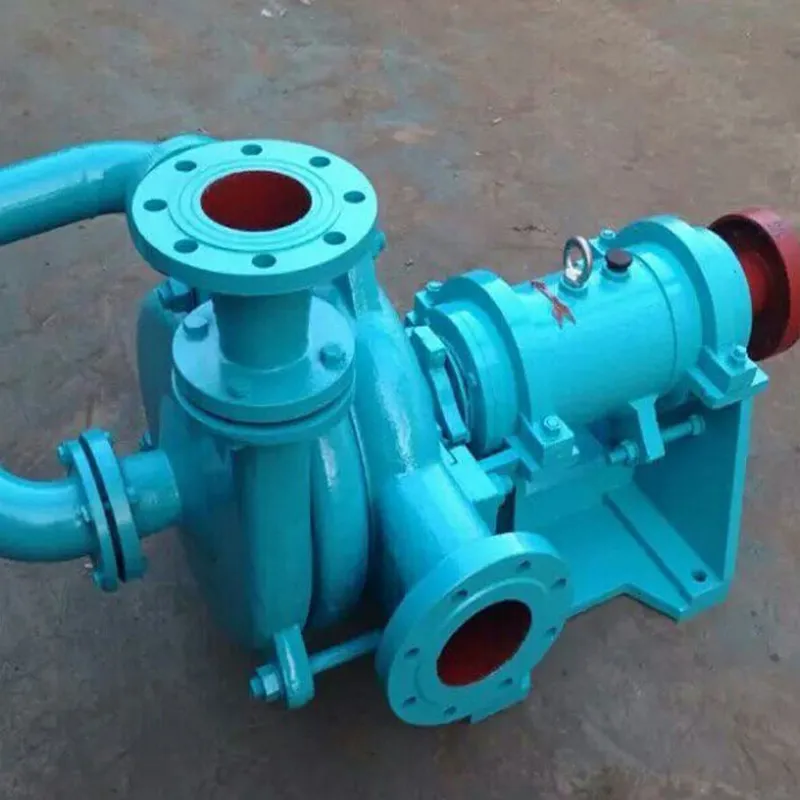English
- Afrikaans
- Albanian
- Amharic
- Arabic
- Armenian
- Azerbaijani
- Basque
- Belarusian
- Bengali
- Bosnian
- Bulgarian
- Catalan
- Cebuano
- Corsican
- Croatian
- Czech
- Danish
- Dutch
- English
- Esperanto
- Estonian
- Finnish
- French
- Frisian
- Galician
- Georgian
- German
- Greek
- Gujarati
- Haitian Creole
- hausa
- hawaiian
- Hebrew
- Hindi
- Miao
- Hungarian
- Icelandic
- igbo
- Indonesian
- irish
- Italian
- Japanese
- Javanese
- Kannada
- kazakh
- Khmer
- Rwandese
- Korean
- Kurdish
- Kyrgyz
- Lao
- Latin
- Latvian
- Lithuanian
- Luxembourgish
- Macedonian
- Malgashi
- Malay
- Malayalam
- Maltese
- Maori
- Marathi
- Mongolian
- Myanmar
- Nepali
- Norwegian
- Norwegian
- Occitan
- Pashto
- Persian
- Polish
- Portuguese
- Punjabi
- Romanian
- Russian
- Samoan
- Scottish Gaelic
- Serbian
- Sesotho
- Shona
- Sindhi
- Sinhala
- Slovak
- Slovenian
- Somali
- Spanish
- Sundanese
- Swahili
- Swedish
- Tagalog
- Tajik
- Tamil
- Tatar
- Telugu
- Thai
- Turkish
- Turkmen
- Ukrainian
- Urdu
- Uighur
- Uzbek
- Vietnamese
- Welsh
- Bantu
- Yiddish
- Yoruba
- Zulu
Telephone: +86 13120555503
Email: frank@cypump.com
Sep . 24, 2024 21:00 Back to list
slurry pump cost
Understanding Slurry Pump Costs Factors and Considerations
Slurry pumps are essential components in various industries, including mining, construction, and wastewater management. They are designed to transport a mixture of solids and liquids, or slurries, making them invaluable for moving materials in processes where conventional pumps fail to deliver. However, potential buyers often grapple with the question what influences the cost of slurry pumps?
Key Factors Affecting Slurry Pump Costs
1. Type of Slurry Pump Various types of slurry pumps are available, such as centrifugal, positive displacement, and submersible pumps. Each type has its own construction design and mechanism, which influences the cost. Centrifugal pumps, widely used due to their efficiency and adaptability, can range from more affordable options to expensive, high-capacity versions.
2. Materials of Construction The materials used to construct slurry pumps significantly impact the cost. Pumps made from high-abrasion resistant materials, like stainless steel or specialized alloys, tend to be more expensive than those made from standard materials. The choice of material is crucial, depending on the nature of the slurry being handled. For instance, highly corrosive or abrasive slurries require more durable and resistant materials, which will raise the overall cost.
3. Pump Size and Capacity The size and capacity of the pump are major determinants of cost. Larger pumps or those with higher flow rates generally come with a higher price tag due to the increased material required and the complexity of engineering. Companies must assess their specific needs to avoid overinvesting in capacities that exceed their operational requirements.
4. Performance Features Advanced features such as adjustable speed drives, automated control systems, and smart monitoring technology can significantly add to the cost of a slurry pump. While these features enhance efficiency and usability, they may not be necessary for every application. Buyers should evaluate whether these features are essential for their operations or if a standard model will suffice.
slurry pump cost

5. Brand and Manufacturer Reputation As with many industrial products, the brand name and reputation of the manufacturer can influence the price. Established companies with a strong track record often charge a premium for their products. However, they may also offer enhanced warranties, better customer support, and proven reliability, which can justify the higher cost in the long run.
6. Operational Costs Beyond the initial purchase price, operational costs must also be considered when evaluating slurry pump expenses. Factors such as energy consumption, maintenance needs, and the lifespan of the pump all contribute to the total cost of ownership. A more expensive but efficient pump might save money over time when considering its lower energy use and reduced maintenance frequency.
7. Installation Costs The complexity of installing a slurry pump can also play a role in overall expenses. Some pumps may require specialized installation techniques or additional infrastructure to ensure optimal functionality. Costs associated with installation, including labor and materials, should be budgeted alongside the pump purchase.
8. Market Trends and Supply Chain Factors Economic conditions, supply chain dynamics, and market demand can also affect slurry pump pricing. Fluctuations in global material costs, labor shortages, or changes in trade policies can lead to varying prices. Staying informed about these trends can help buyers make timely purchasing decisions.
Conclusion
When considering the cost of slurry pumps, it is essential to look beyond the sticker price. A comprehensive evaluation of factors like pump type, materials, size, performance features, and overall lifecycle costs will yield a clearer picture of what you are investing in. It's critical to align your pump choice with your specific operational needs, budget constraints, and long-term strategies.
By taking the time to assess all these elements and collaborating with reputable suppliers, you can make informed decisions that not only suit your immediate requirements but also provide value over time. The right slurry pump, with the right specifications, can enhance operational efficiency and minimize long-term costs, ultimately leading to a more successful and profitable operation.
-
Reliable Non-Clog Sewage Pumps with GPT-4-Turbo Tech
NewsAug.04,2025
-
High-Performance Air Pumps for Sand & Gravel | Efficient Transport
NewsAug.03,2025
-
ISG Series Vertical Pipeline Pump - Chi Yuan Pumps Co., LTD.|Energy Efficiency, Corrosion Resistance
NewsAug.03,2025
-
ISG Series Pipeline Pump - Chi Yuan Pumps | Energy Efficiency&Compact Design
NewsAug.03,2025
-
ISG Series Vertical Pipeline Pump - Chi Yuan Pumps Co., LTD.|High Efficiency, Low Noise, Durable
NewsAug.02,2025
-
ISG Series Vertical Pipeline Pump - Chi Yuan Pumps | High Efficiency, Low Noise
NewsAug.02,2025










